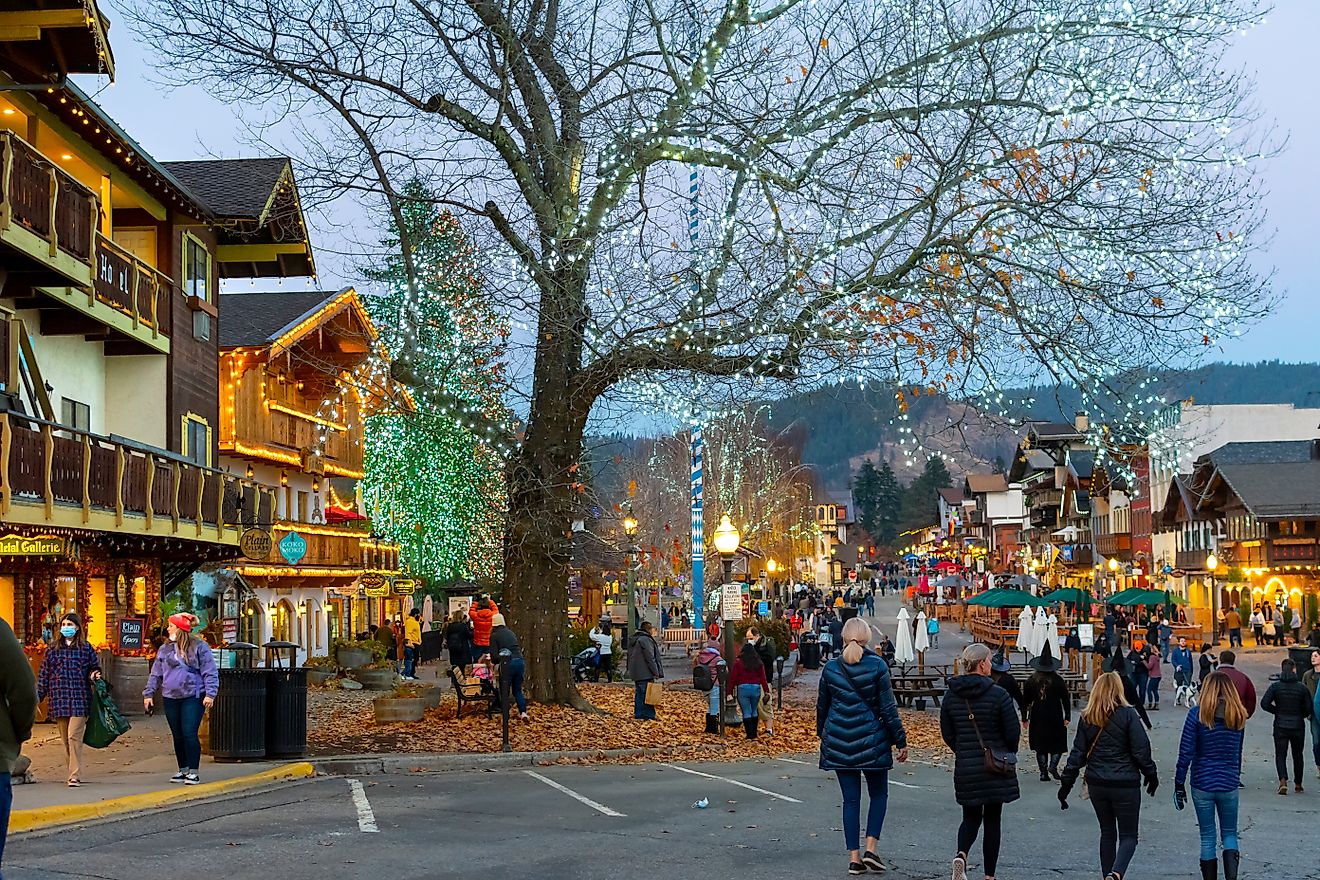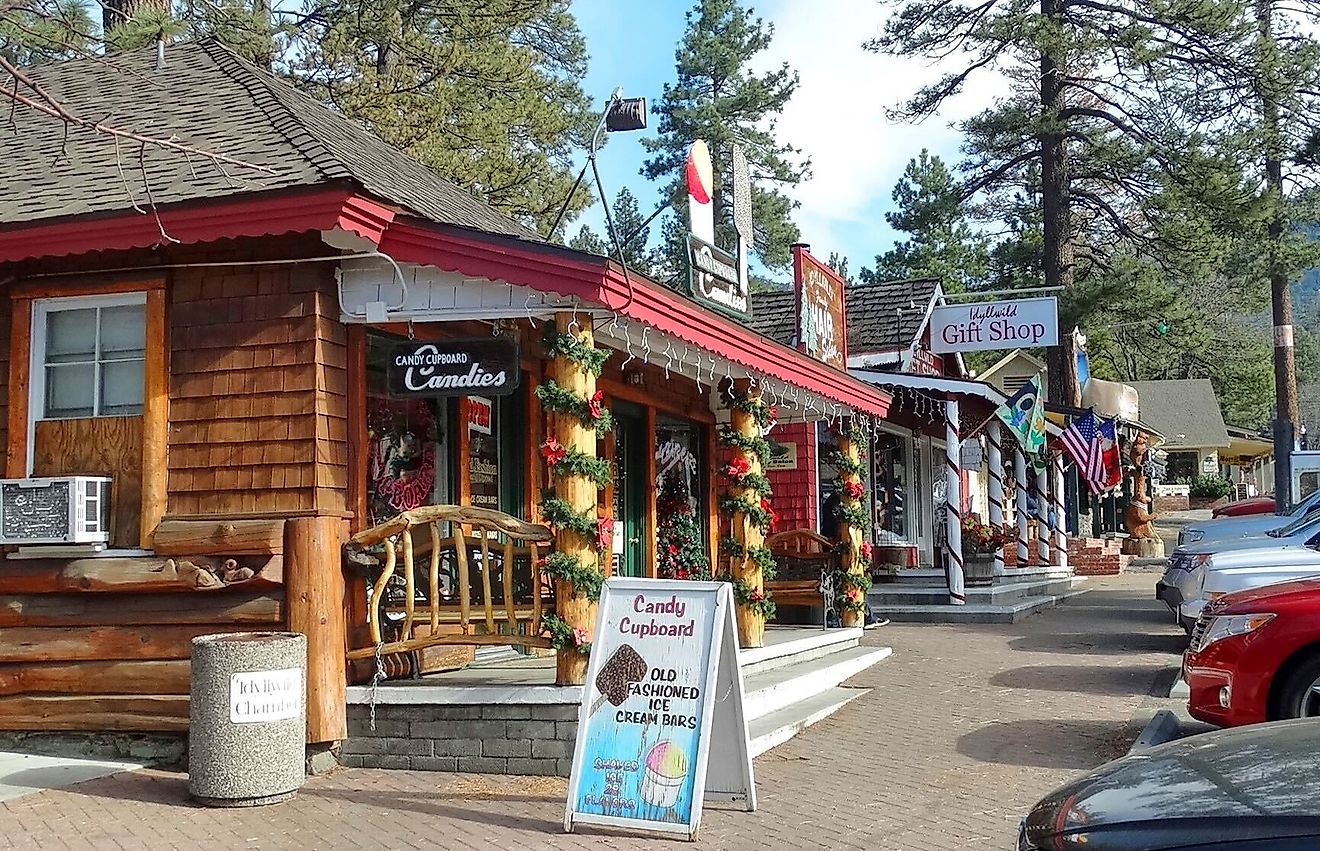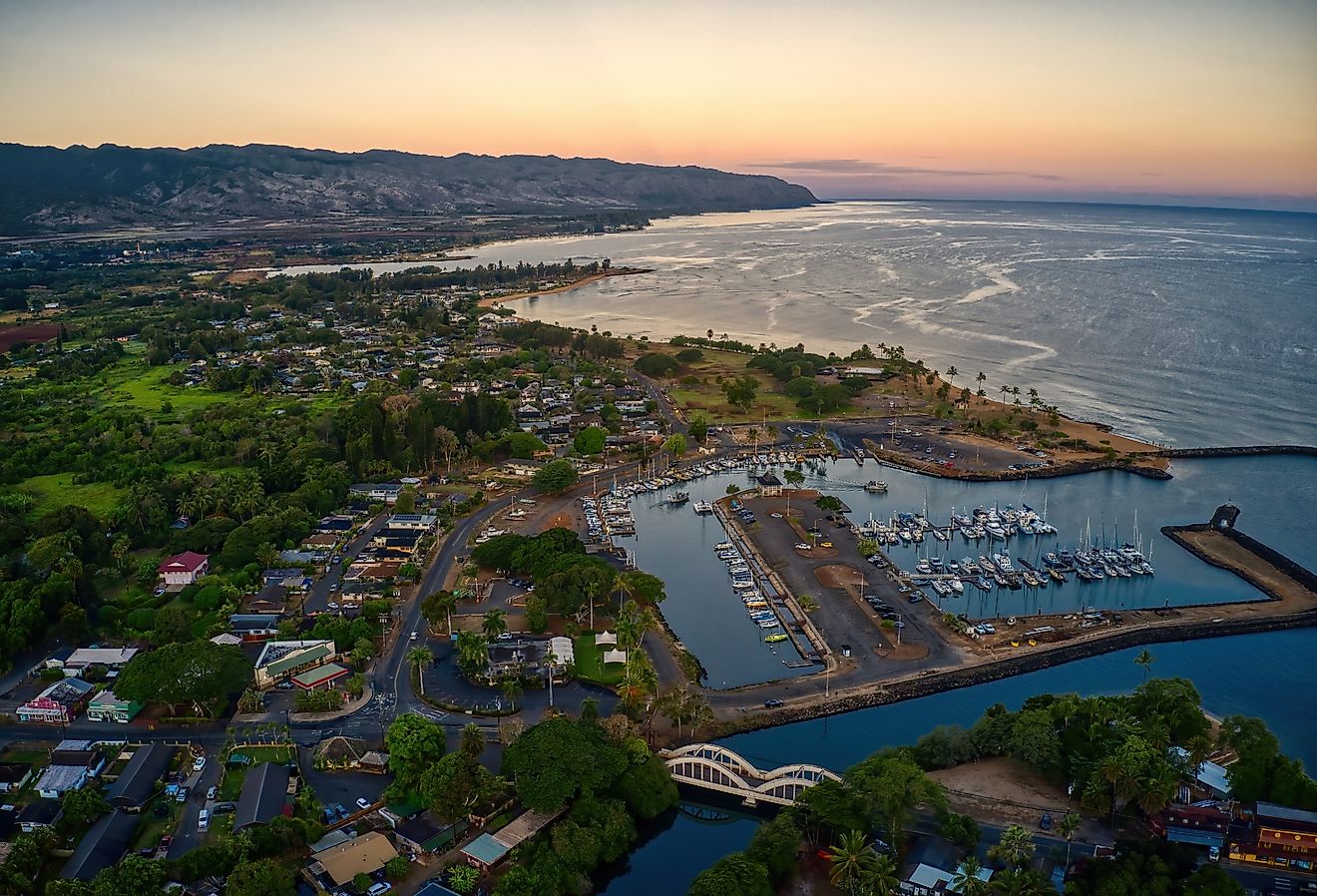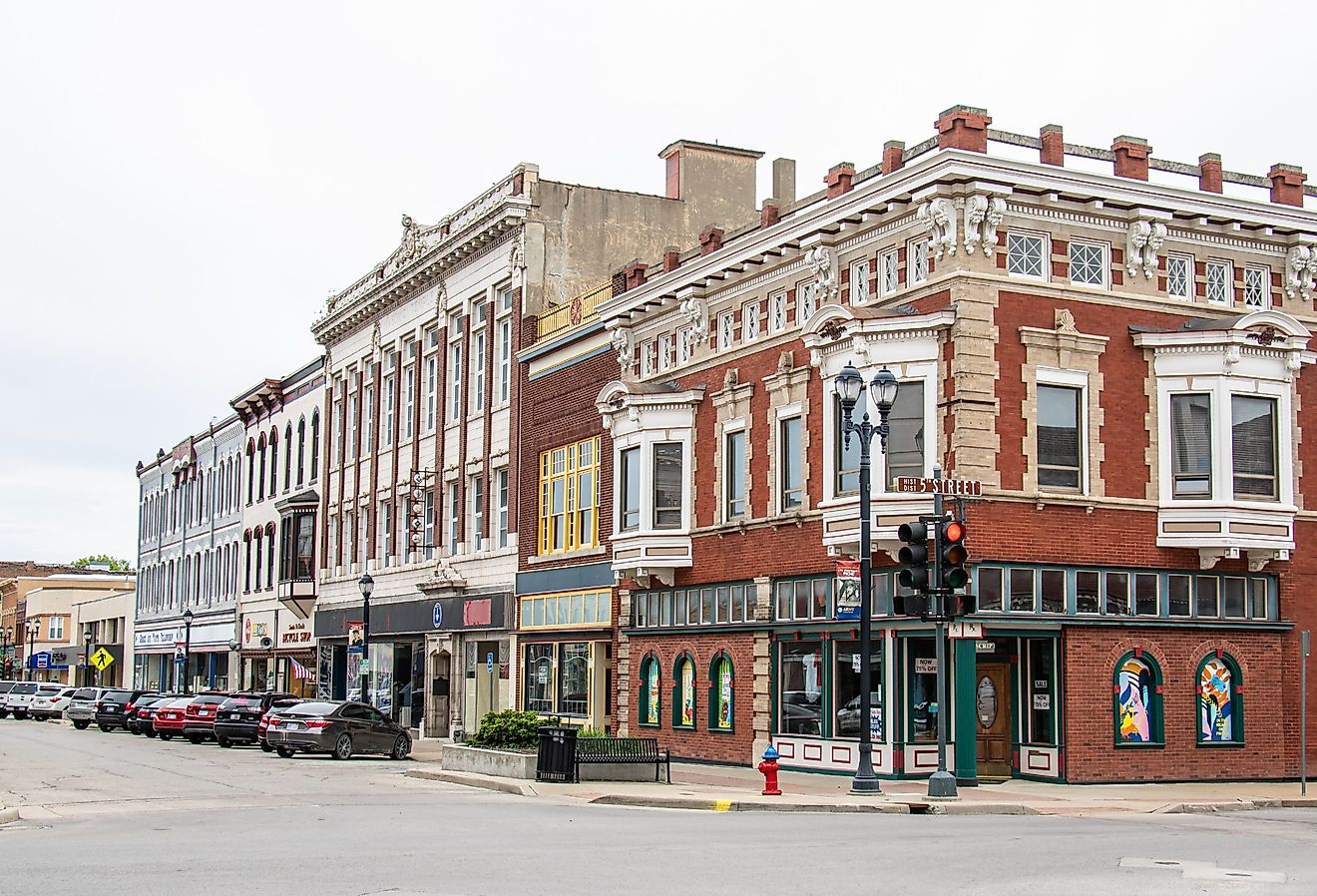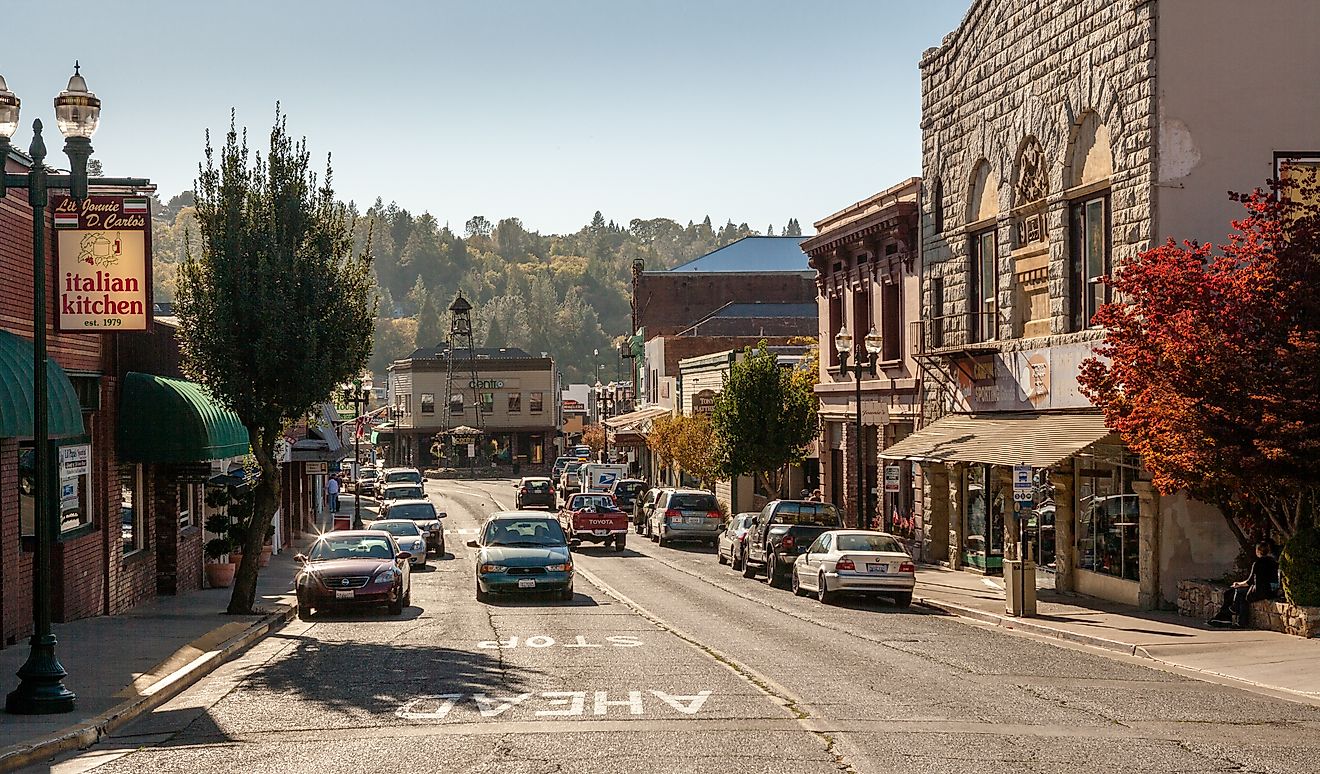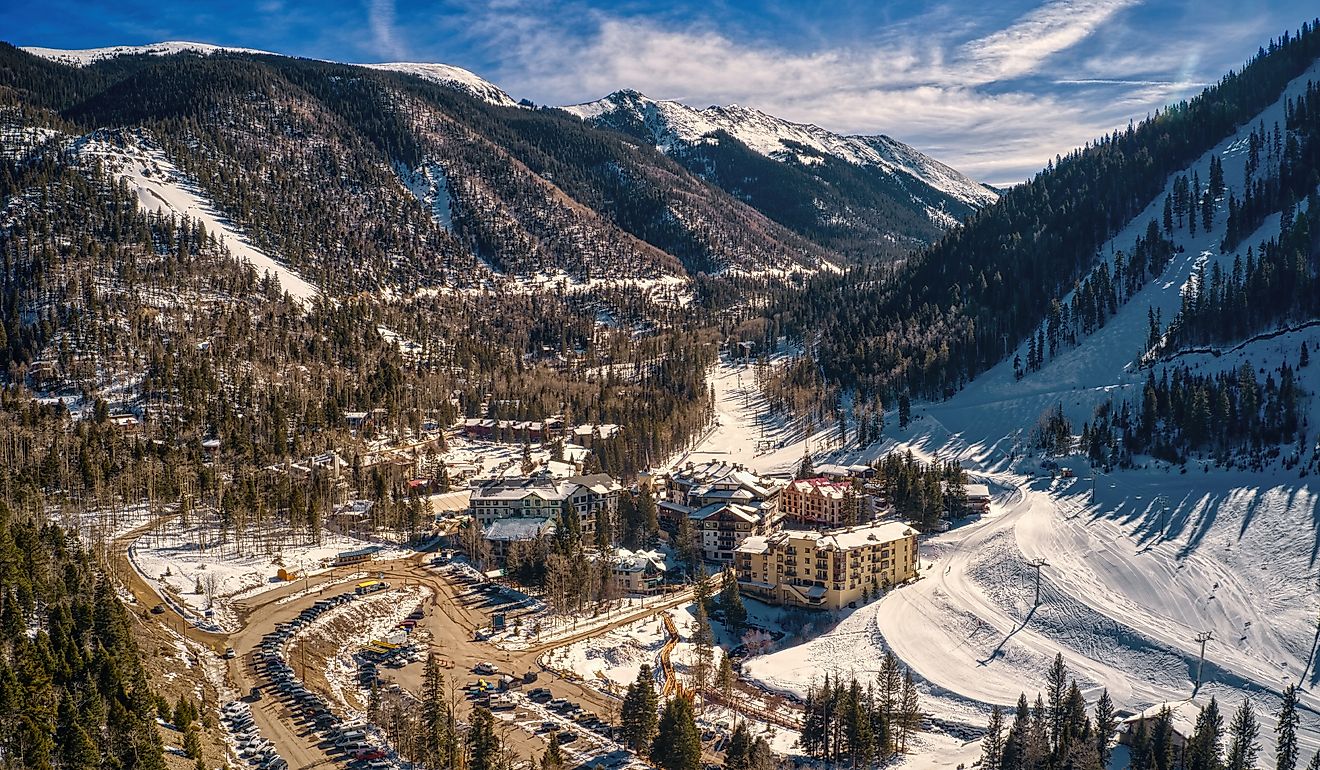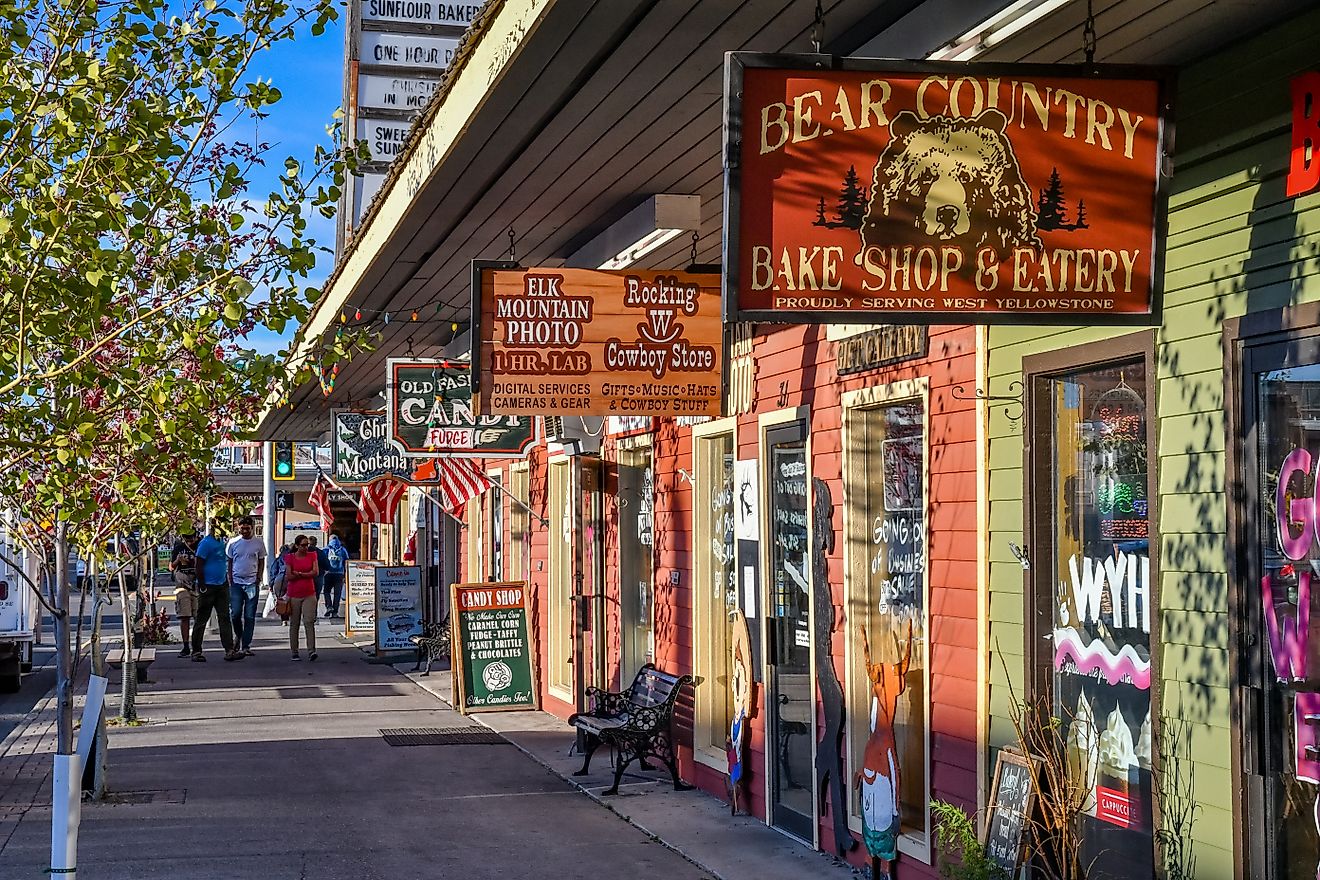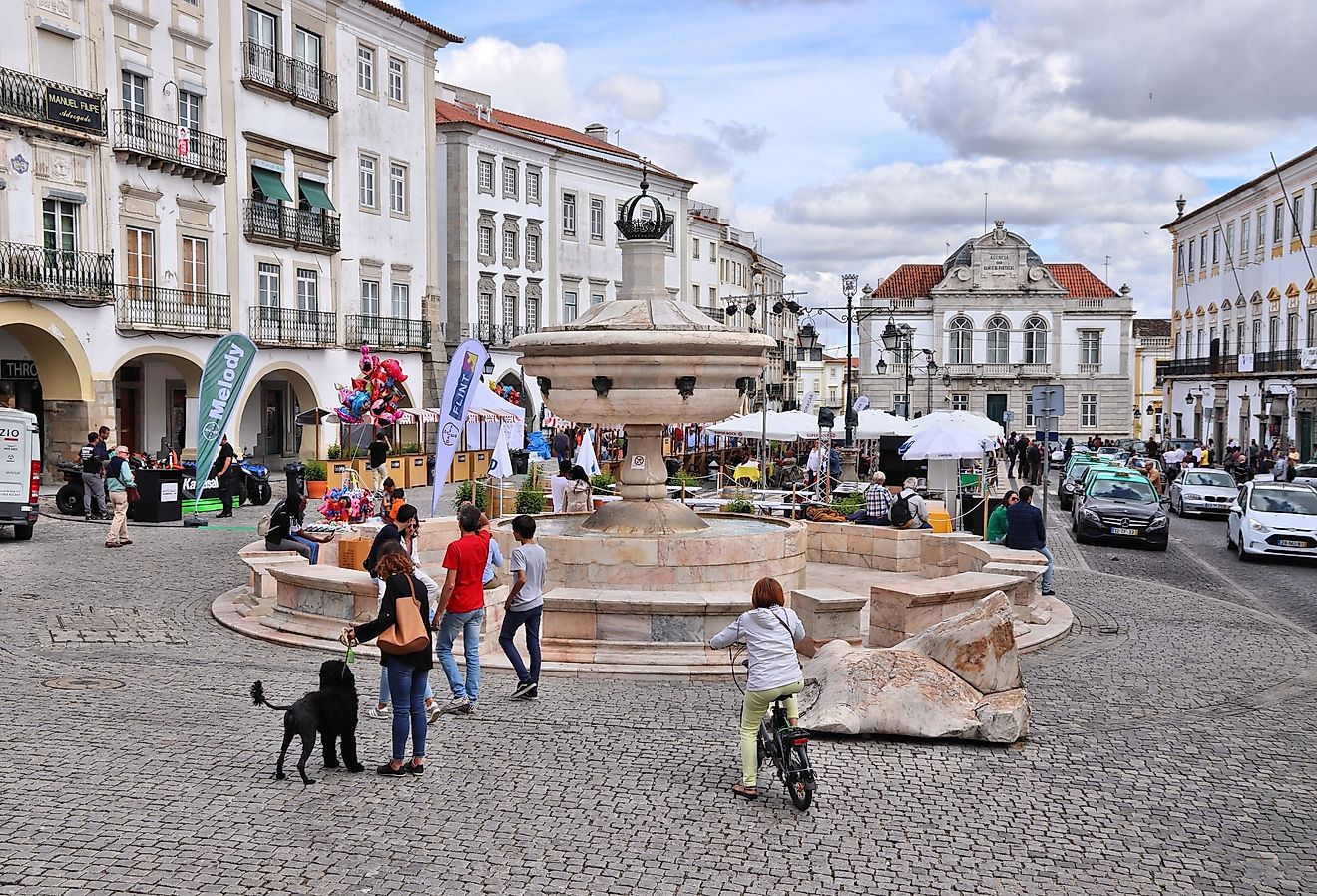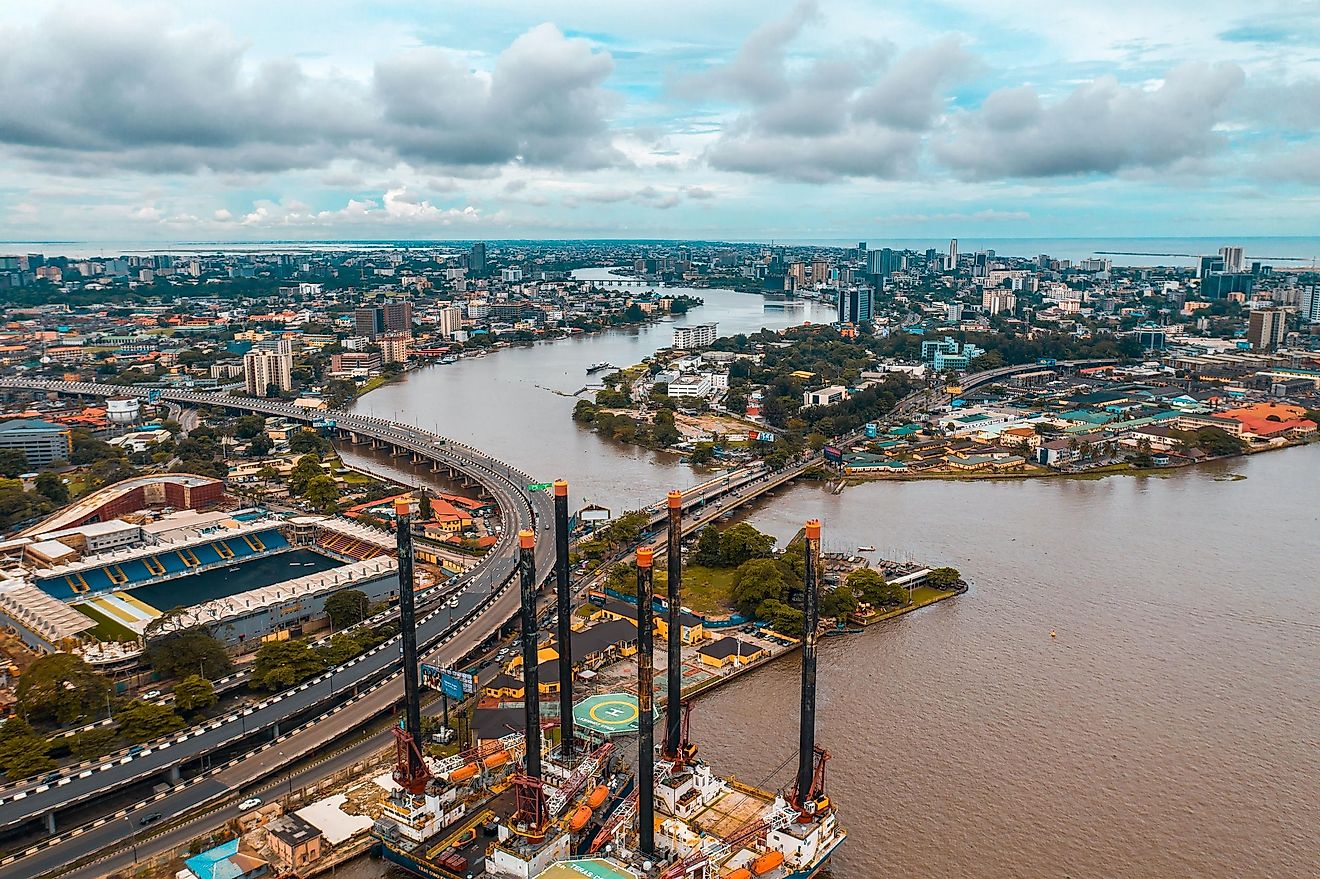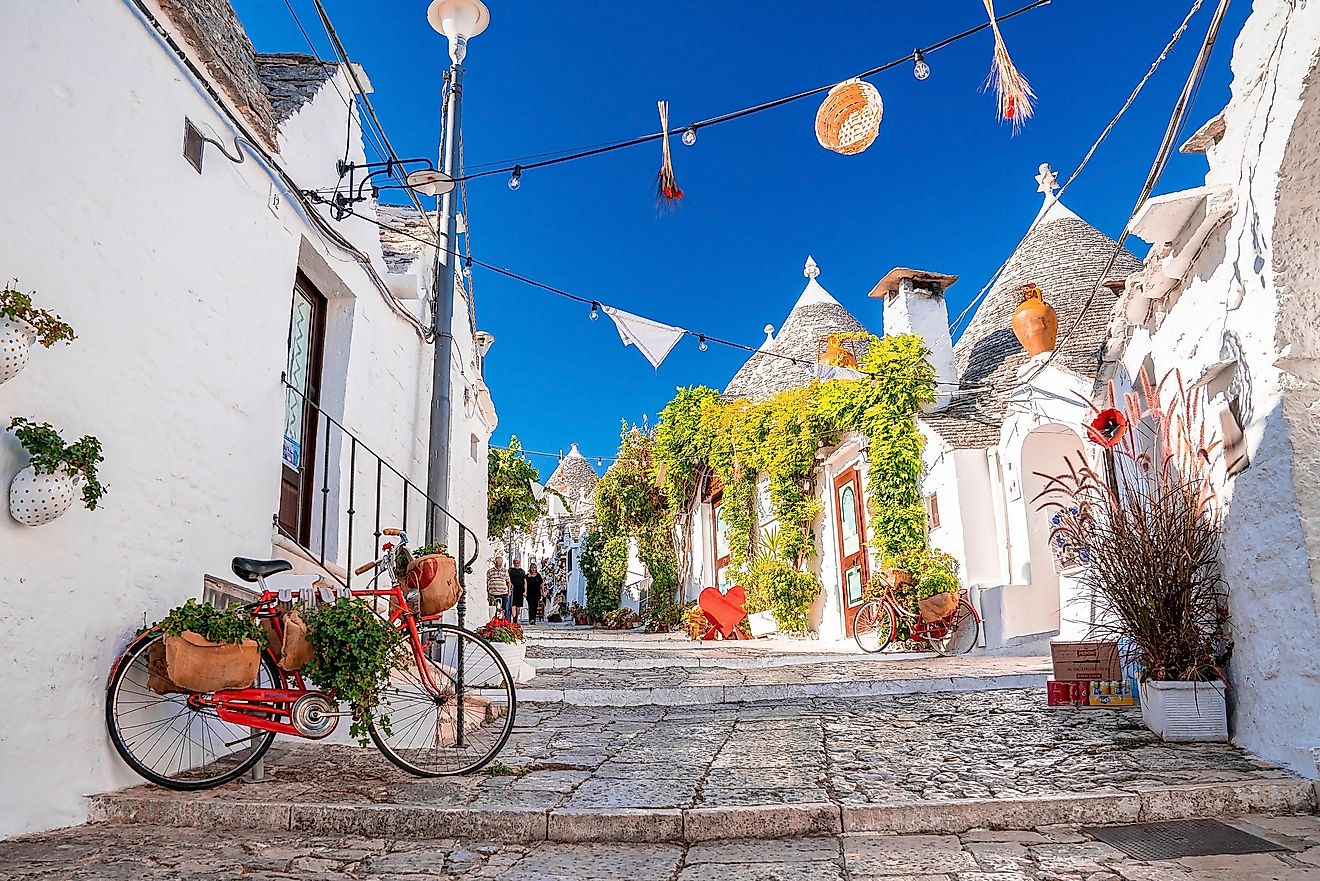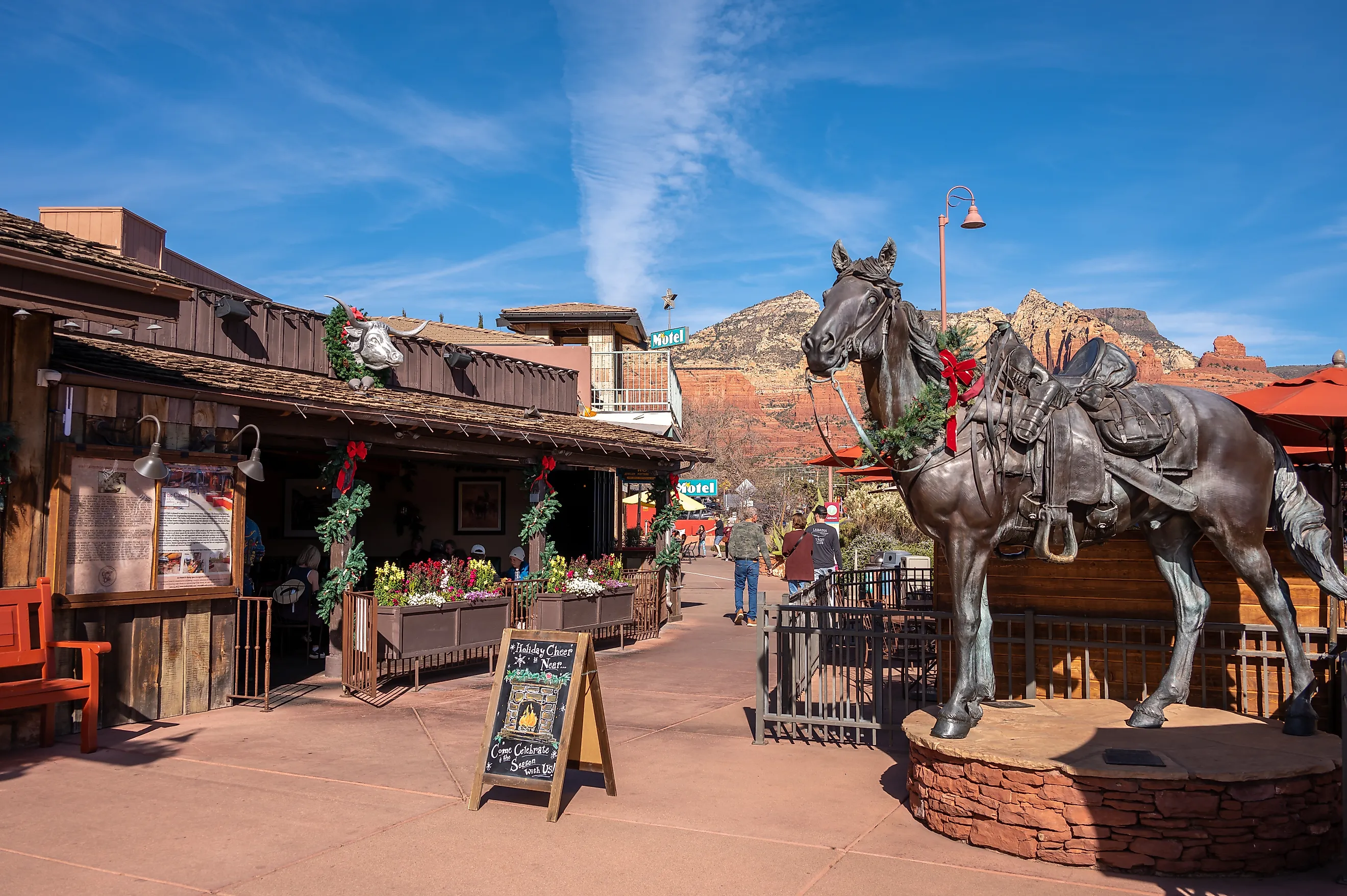
7 Weird Little Towns In Arizona
Arizona's weird oddities seem to be baked into the desert. This is a state where a town might be named Carefree and actually mean it and where an alien-themed motel can stand unchallenged for decades in the middle of a dust-blown highway junction.
Weird here means geological drama with fringe spiritualism and entire communities shaped around rocks: mining them, selling them, worshiping them. From psychedelic murals in the borderland outpost of Ajo to the wandering bookshop owner of Quartzsite who once shelved paperbacks in the nude, Arizona's strangest small towns each follow a different logic. They are half ghost town, half reinvention.
Jerome

Jerome is a vertical, slow-crumbling former mining town built into a steep mountainside above the Verde Valley. Once labeled the "Wickedest Town in the West," it was known for its brothels, saloons, and frequent shootouts during the copper boom. After the last mine closed, most of its population vanished, buildings slid down the hill, and entire streets were abandoned. Instead of disappearing, Jerome rebranded itself as a haven for artists, paranormal hunters, and oddballs. Today, many of its structures still lean at impossible angles, and signs warning of shifting foundations are posted on alley walls. The town also claims to be America's largest ghost town, with ghost tours and haunted hotels operating year-round.

The Jerome State Historic Park, housed in the 1916 Douglas Mansion, documents the mining company's rise with exhibits, maps, and panoramic views of the surrounding cliffs. The sliding jail, pushed downhill by landslides, remains half-sunken in a gravel lot, chained off but visible. Main Street's galleries and shops sell minerals, kaleidoscopes, and oil paintings, while Nellie Bly Kaleidoscopes carries one of the largest selections of handmade kaleidoscopes in the country. The Haunted Hamburger, perched at the edge of a switchback, is both a restaurant and local legend, known for its burgers, pie, and reports of unexplained footsteps upstairs.
Ajo
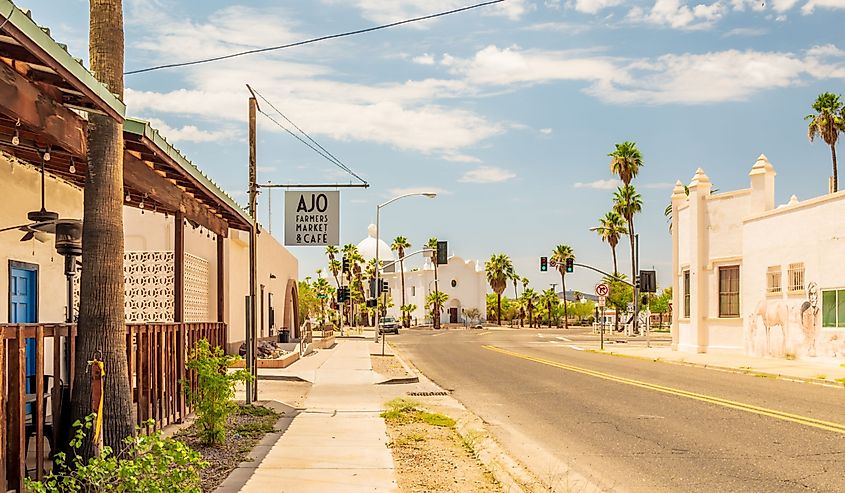
Ajo is a nearly forgotten copper town turned desert art colony, anchored by a grand Spanish Colonial plaza that looks wildly out of place in the empty Sonoran flats. Built by the mining company in the 1910s as part of a utopian plan, the arcaded square is now surrounded by murals, mosaic benches, and rewilded storefronts. What makes Ajo distinct is its isolation, only a few miles from the Mexican border, and far from any city, and its transformation into a center for community-based art projects, many led by the International Sonoran Desert Alliance.
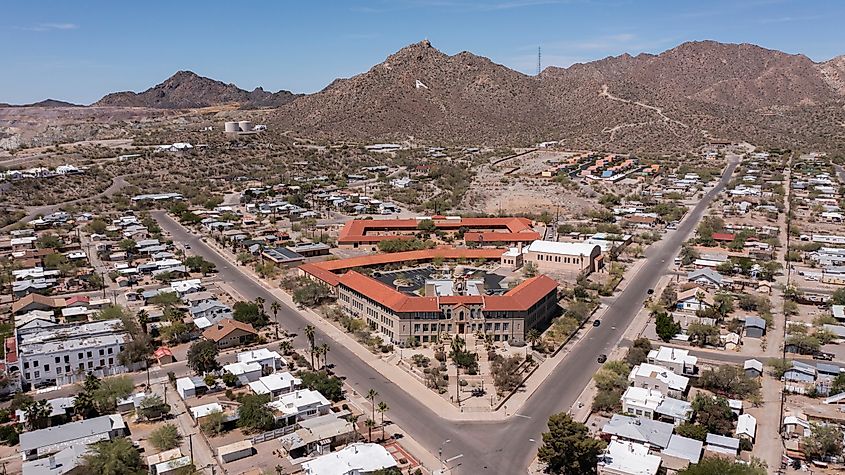
The Ajo Plaza remains the visual and cultural core, with Art Under the Arches Gallery displaying regional work in a former company office. Alleyways behind the square feature rotating street murals, some left from the Ajo Street Art Project, where artists were invited to work in abandoned buildings. Around town, small locally run cafés and diners in converted gas stations and storefronts serve Sonoran staples like green chile omelets and fresh flour tortillas made to order. A few miles out, the Ajo Mountain Drive in Organ Pipe Cactus National Monument loops through volcanic peaks and saguaro forests, offering the nearest escape into wilderness.
Sedona
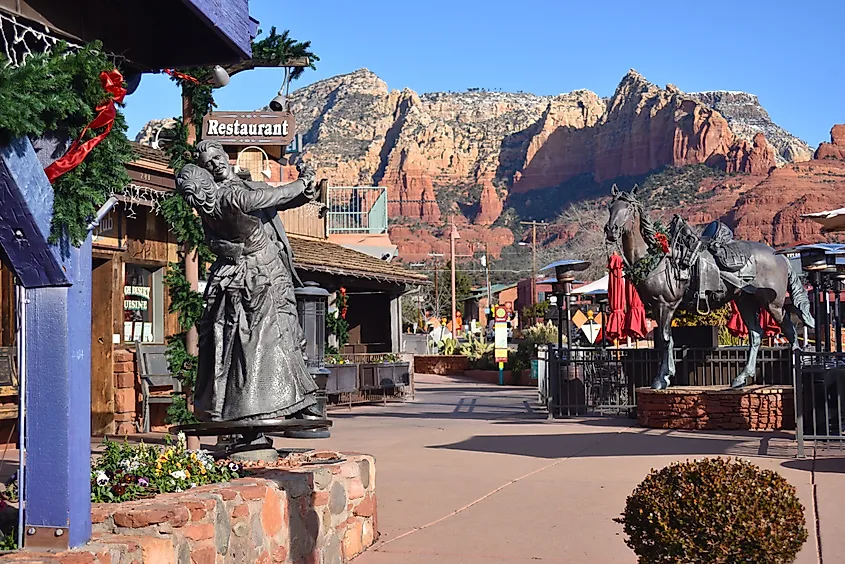
Sedona's red rock formations are only part of its identity, the rest lies in its fixation on energy vortexes, metaphysical healing, and UFO sightings. The town is divided into four main vortex sites, marked by trailheads and cairns, where visitors claim to feel "spiritual energy" rising from the ground. Real estate offices advertise energy alignment, and local bookstores stock guides on ley lines and extraterrestrial contact. Psychic readers operate out of trailers and boutique shops. At night, companies like Sedona UFO Tour Guide hand out military-grade night vision goggles for skywatching sessions in the desert.
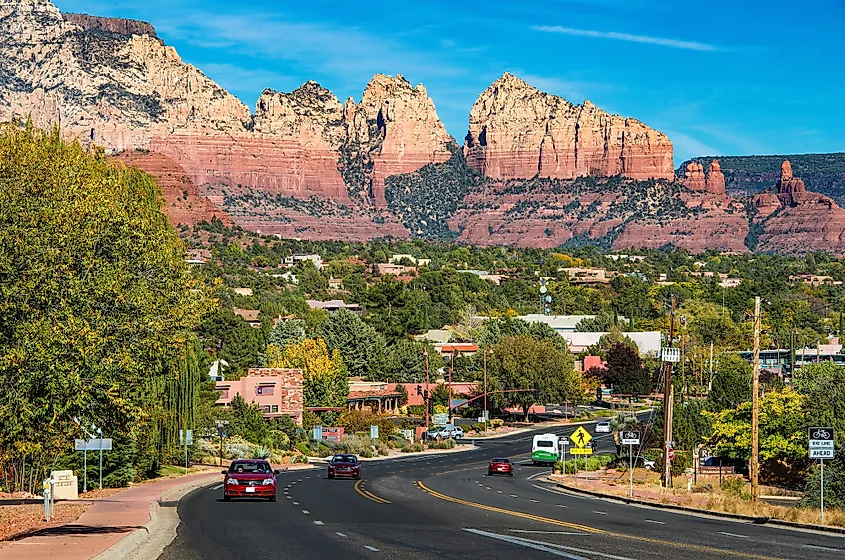
Cathedral Rock Trail climbs steep sandstone to a narrow saddle between spires, a known vortex point with wide views of Oak Creek below. The Chapel of the Holy Cross, a Catholic church embedded into a cliff, overlooks a neighborhood of custom-built mansions and rock gardens. The Sedona Airport Mesa, reachable by car, draws crowds at sunset to a flat ridge above the town, believed to hold "male" vortex energy. Tlaquepaque Arts and Shopping Village sells Navajo rugs, bronze sculpture, and blown glass in a cobbled faux-Mexican setting. At The Secret Garden Café, tucked into one of its courtyards, the prickly pear lemonade and turkey pesto panini are popular orders.
Carefree
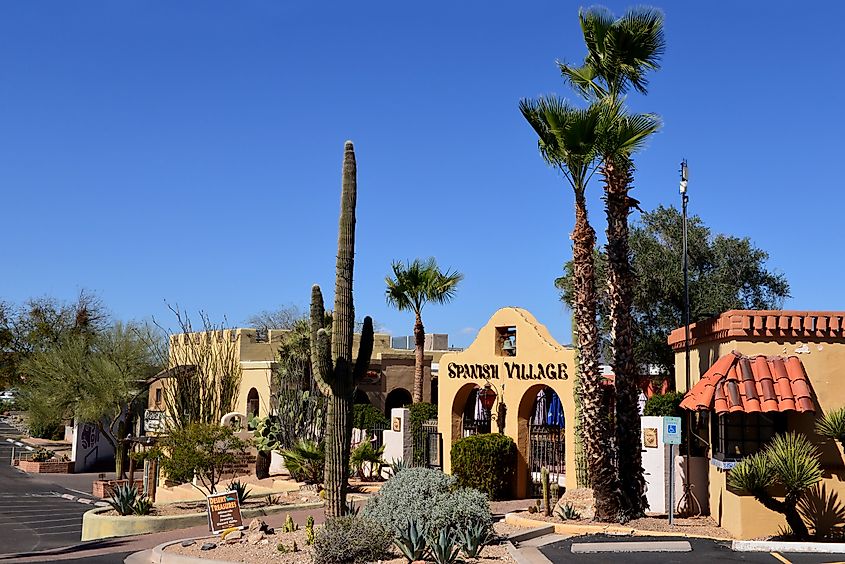
Carefree was master-planned in the 1950s as a desert escape for Phoenix executives, and the founders named the streets accordingly: Tranquil Trail, Ho Hum Road, Nonchalant Avenue. At the town center, a steel-and-concrete sundial roughly 35 feet high and 62 feet long anchors Carefree Desert Gardens, calibrated to the North Star and ringed by saguaros and agaves. Most buildings are low-slung and color-matched to the surrounding boulders.
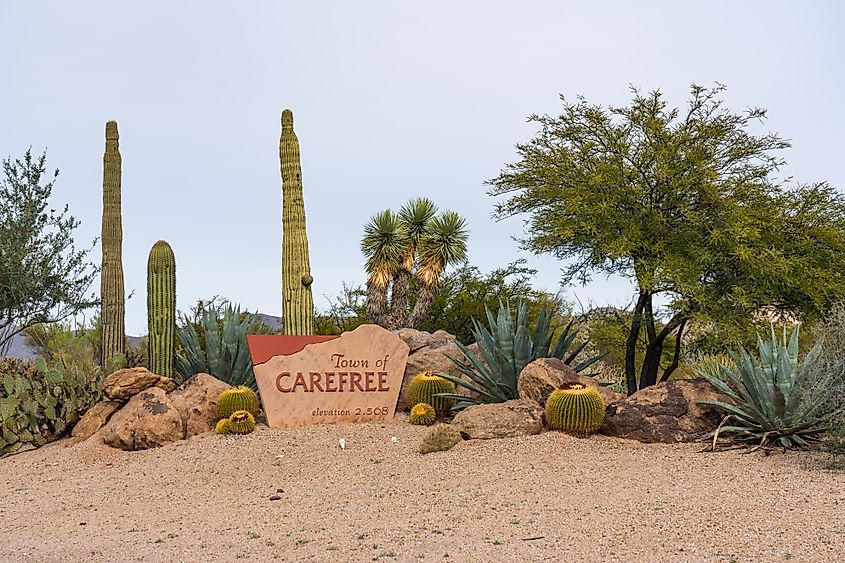
The sundial plaza includes the Sanderson Lincoln Pavilion, where seasonal concerts and art festivals are staged between cactus beds. The Boulders Resort, partly in neighboring Scottsdale, offers public access to its spa and nature trails that weave through granite formations stacked like cairns. Just off the sundial plaza, bars and cafés along Easy Street pour Arizona craft beer and serve bar food to hikers and golfers drifting in from the nearby trails and the Boulders Resort. The intersection of Easy Street and Ho Hum Road attracts frequent photo-seekers and sits a few blocks from The Lazy Lizard, a boutique selling belt buckles, copper jewelry, and painted cow skulls. In winter, the town hosts Carefree Christmas Festival, which includes a parade, artificial snow, and an imported ice sculpture garden in the middle of the desert.
Gila Bend
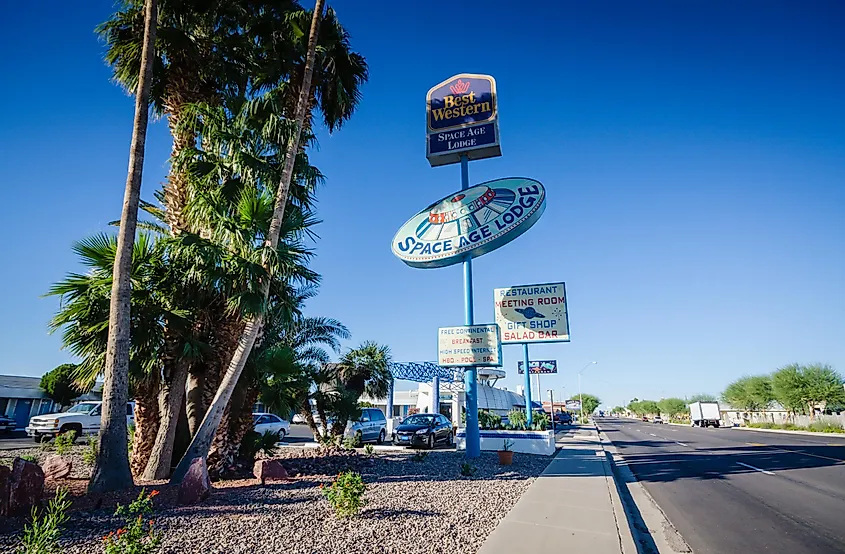
Gila Bend calls itself the "Crossroads of the Southwest," but its real identity is stranger, a roadside town where space-age architecture, petroglyphs, and metal dinosaurs coexist in the Sonoran heat. The town's most visible landmark is the Space Age Lodge, a Jetsons-style motel built in the 1960s with a flying-saucer roof, glowing blue panels, and a restaurant that serves pancakes under painted UFO murals. Near the edge of town, a collection of welded steel reptiles, some more than 20 feet long, dot empty lots beside the highway, commissioned by the town as part of a surreal branding campaign.

The Painted Rock Petroglyph Site lies 15 miles northwest and contains thousands of prehistoric carvings on basalt boulders scattered across a low hill. The site includes a short loop trail and a primitive campground used by desert stargazers. In town, Little Italy Pizza serves calzones and baked ziti under framed photos of Arizona Cardinals players. The Gila Bend Welcome Center displays vintage road signs, a rotating sculpture of a Gila monster, and an oversized jackrabbit wearing sunglasses. A short walk from downtown, the Gila Bend Visitor Center and Museum adds context with small exhibits on the Gila River corridor, local ranching, and the building of the Space Age Lodge.
Quartzsite
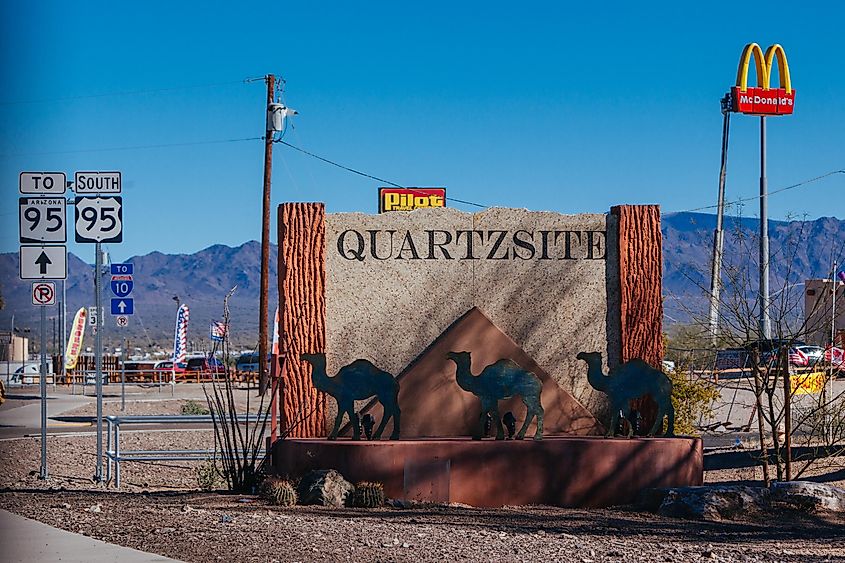
Quartzsite becomes a city of tents each winter, when nearly a million RVs descend on the town for gem shows, swap meets, and the Quartzsite Sports, Vacation & RV Show. For most of the year, it's a quiet grid of streets and desert lots near the California border. Between January and March, it turns into a temporary economy built on agate, turquoise, military surplus, RV parts, and food carts selling Navajo tacos. Most vendors sell from makeshift stalls under white tarps. The Tyson Wells Sell-A-Rama stretches across acres and includes fossil dealers, antique tool collectors, and booths offering polished ammonites next to jars of pickled eggs.
The Hi Jolly Monument, a small stone pyramid in the local cemetery, honors Hadji Ali, a Syrian camel driver brought to the area by the U.S. Army in the 1850s as part of an abandoned military experiment. Celia's Rainbow Gardens, on the north end of town, is a volunteer-built desert botanical park and memorial trail. Sweet Darlene's, one of the few indoor restaurants, serves liver and onions, patty melts, and peach pie under ceiling fans and mounted longhorns. Off Central Boulevard, the Reader's Oasis Books is known for its handwritten signs, wandering cats, and a nude owner who used to shelve books wearing only a cowboy hat.
Across these six towns, weirdness is not a sideshow; it is the organizing principle. Former company plazas double as art studios, a motel roof carries a flying saucer into its sixth decade, and a cemetery pyramid remembers a camel driver from another continent. What holds them together is not theme or brand, but stubborn survival in country, communities that learned to recycle collapse into character and treat history as raw material.
